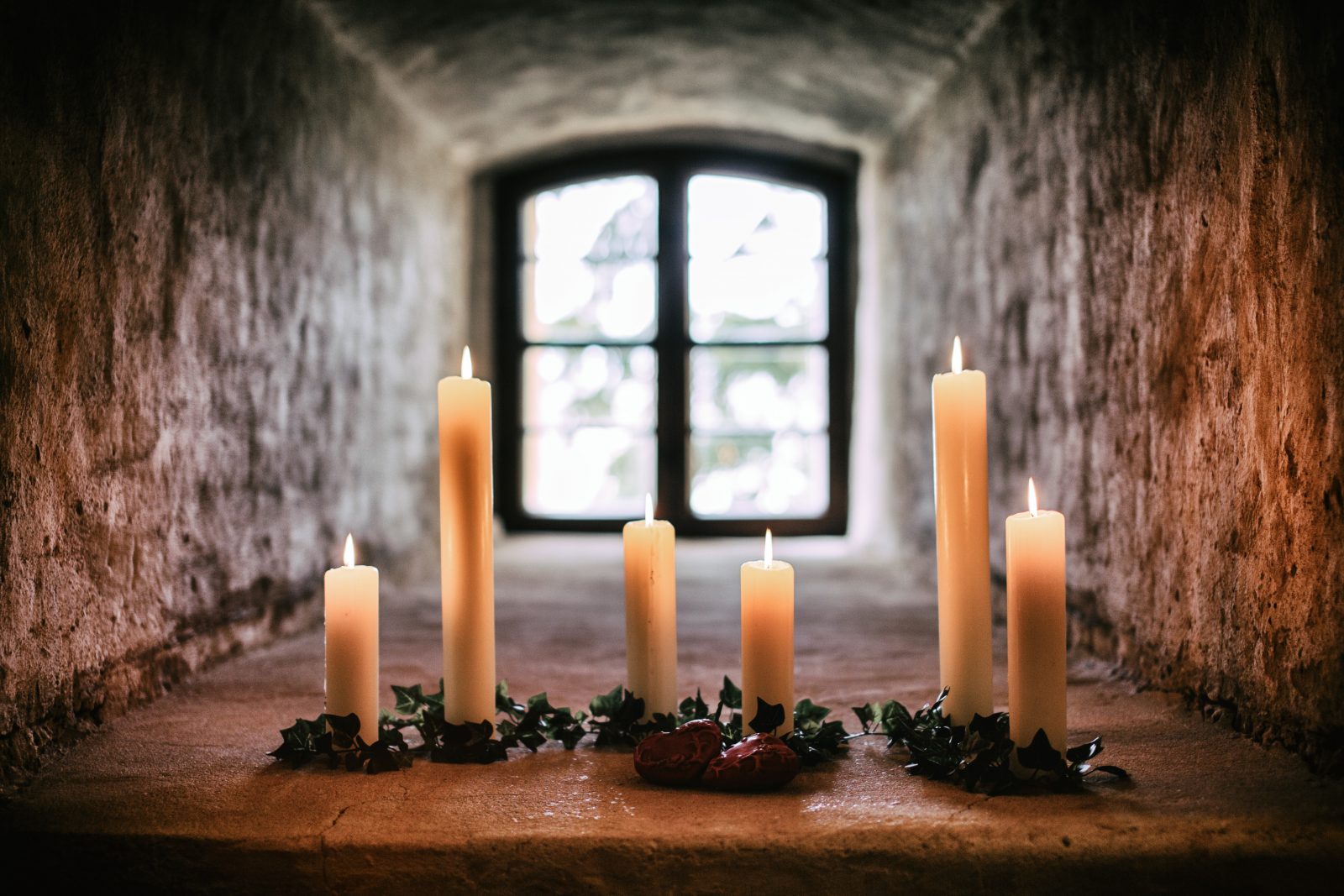General Advice
Unity Traditions That Are Totally Worth Doing
26 Dec 2018 •2 min read
A wedding symbolizes the coming together of two people and two families, and though the wedding itself represents that unity, you might want to really highlight this coming together.
For centuries, brides and grooms have been incorporating unity ceremonies in their weddings. These ceremonies are meant to represent the bond that they bride and groom are making, and to illustrate their unity. If you and your husband-to-be want to incorporate this type of ceremony in your big day, here are some awesome and meaningful ideas to consider.


The Unity Candle
Many people think that the tradition of the unity candle has ties to religion; in particular, Christianity. Actually, this couldn’t be further from the truth. In fact, many Catholic churches don’t allow a unity candle ceremony to take place because it isn’t a traditional part of the sacrament of marriage. So, where did this tradition come from? Well, when I was getting married (in a Catholic church), or Deacon told us that the tradition started in the 1960s with the ‘love generation’, and that the tradition has stuck. While I believe him, there are others who say that the unity candle was popularized when General Hospital’s beloved couple, Luke and Laura got married and included this ceremony in their wedding. Whatever the origin, one thing is certain: It’s a sweet symbol of the love you and your groom share. The mother’s of the bride and groom light two smaller candles, and then the bride and groom use those smaller candles to ignite a larger candle together. After the wedding, you can light these candles on your future anniversaries as you enjoy dinner together. Talk about romantic.Unity Sand Ceremony
A spin off of the unity candle, the unity sand ceremony represents the coming together of the bride and groom. Two different colors of sand are poured from two different containers – one by the bride and one by the groom – into an empty vessel. The bride pours some, then pours some and so on, until the empty vessel is filled with alternating colors of sand. The two different colors of sand represent the individual bride and groom. As the sands are poured together, the individual containers (the bride and groom) no longer exists and the sands have been blended together as one (just like you and your new husband). If you choose to incorporate the unity sand ceremony into your wedding, you can showcase the single sand-filled vessel in your house and each time you look at it, you will be reminded of your love.Handfasting
This ancient pagan tradition used to be the only way that couples could be engages or get married in the British Isles. In fact, it remained a legal form of wedding a couple in Scotland until 1939. In this tradition, the couple faces one another, joining their right hands and then their left hands, forming an infinity symbol. A cord or a ribbon is then tied around their hands in a knot, the knot representing the ‘tying’ together of the couple. In modern weddings, this ancient ritual is often used as a unity ceremony. Just like years before, the bride and groom’s hands are tied together with a ribbon or cord; however, this is typically done in addition to the traditional exchange of wedding rings. If you choose this unity ceremony option, frame the ribbon or the cord that was used during the handfasting ceremony and display it proudly on a wall in your home.More like this
Plan your wedding like a pro.
Join our newsletter: